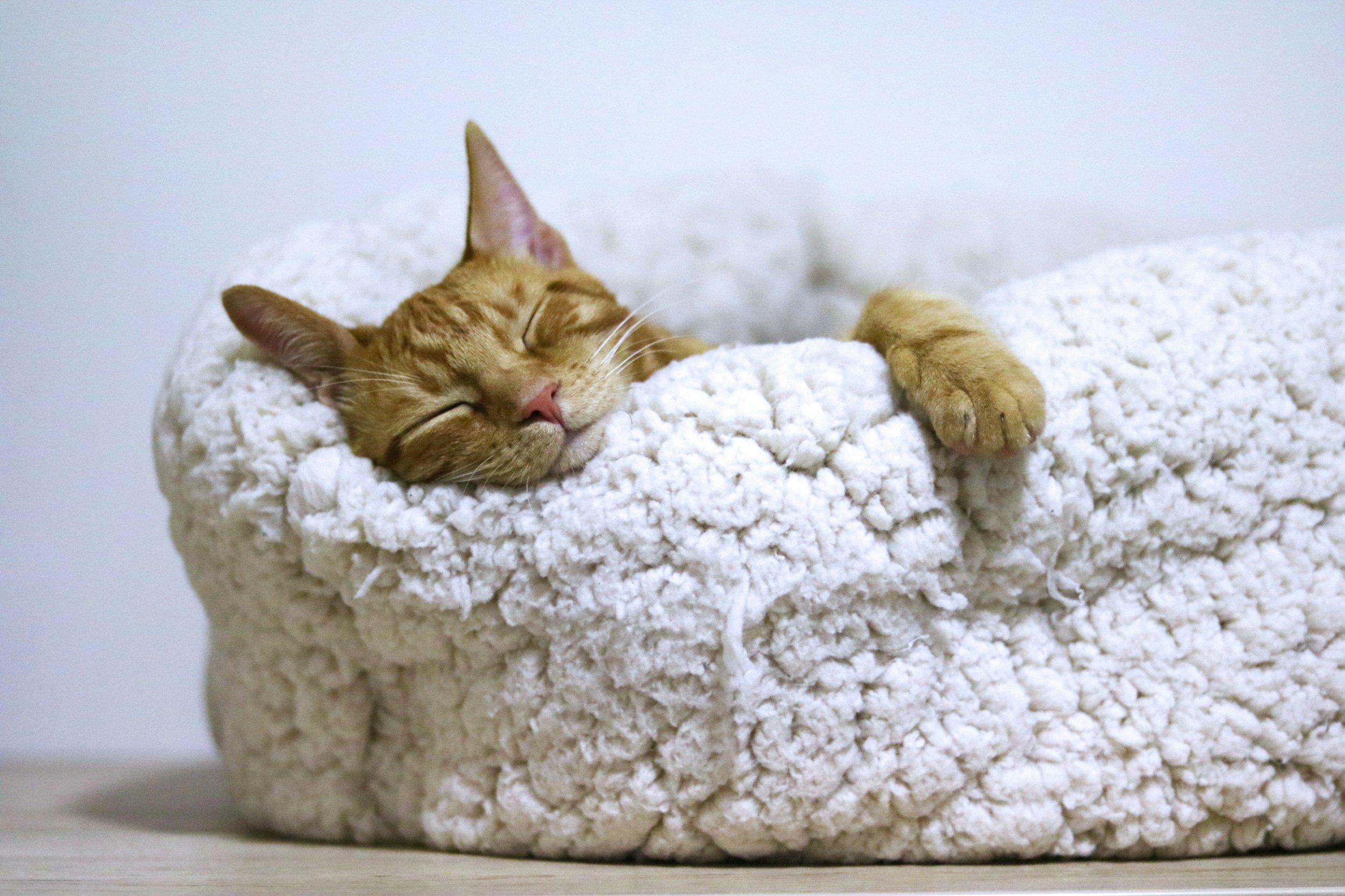The Rise of Bed Rotting: What It Really Means
What is Bed Rotting?
"Bed rotting" is a term that describes spending prolonged periods in bed, not due to illness, but as a form of coping, relaxing, or disconnecting from responsibilities. While the phrase might sound negative, its meaning has evolved—particularly among Gen Z—to signify a type of intentional stillness. Popularized on platforms like TikTok and Instagram, bed rotting has gained traction as both a humorous meme and a legitimate lifestyle choice for some.
Is It a Form of Self-Care?
The line between self-care and escapism is often blurred. Bed rotting, in some cases, can be a therapeutic way to rest and recharge—particularly for those recovering from burnout. However, it's important to differentiate between taking a mental health break and withdrawing from the world in an unhealthy way. True self-care involves being attuned to what your mind and body genuinely need.
The Psychology Behind Bed Rotting
Mental health professionals note that bed rotting may be symptomatic of underlying issues such as anxiety, depression, or chronic stress. It can serve as a passive coping mechanism, offering short-term relief while potentially masking deeper problems. The need to disconnect from a demanding world is valid, but chronic disengagement might point to emotional distress.
Bed Rotting vs. Restorative Rest
Not all rest is created equal. Restorative rest involves sleep, intentional downtime, and activities that promote recovery—like reading, meditating, or enjoying nature. Bed rotting, on the other hand, often lacks purpose or structure. According to sleep hygiene research, spending too much unstructured time in bed can disrupt circadian rhythms and negatively affect sleep quality.
Expert Opinions: Psychologists Weigh In
Mental health experts caution that while taking a day to lounge in bed can be harmless, using it as a default coping method may hinder emotional resilience. Psychologist Dr. Samantha Boardman notes that intentional rest can be regenerative, but passive behaviors like bed rotting, when habitual, may reinforce feelings of helplessness. Experts recommend staying mindful of the frequency and emotional impact of such behaviors.
Social Media and the Normalization of Bed Rotting
On platforms like TikTok, influencers often frame bed rotting as an act of radical self-care. While this normalizes rest and pushes back against hustle culture, it can also create echo chambers where avoidance is glamorized. These narratives may unintentionally encourage disengagement without offering tools for true recovery or self-regulation.
The Role of Productivity Culture
Bed rotting can be seen as a rebellion against the glorification of overwork. In an era where burnout is pervasive, rejecting the "rise and grind" mentality has appeal. However, the challenge lies in cultivating balance—choosing when to rest without slipping into prolonged stagnation. It’s a countercultural movement, but one that needs nuance and self-awareness.
The Neuroscience of Doing Nothing
Neuroscientific studies have shown that the brain remains active even when we're not consciously focusing on tasks. During restful states, the "default mode network" (DMN) engages, which is associated with creativity, self-reflection, and problem-solving. Structured rest, like quiet contemplation or daydreaming, activates these beneficial mental states—potentially more so than scrolling on your phone under the covers.
Potential Risks of Chronic Bed Rotting
Over time, excessive bed rotting may pose physical risks, including muscle deconditioning, poor circulation, and disrupted sleep patterns. Emotionally, it can lead to increased feelings of loneliness, guilt, and rumination. Without boundaries, what starts as a short reprieve can become an isolating routine that exacerbates mental health challenges.
Strategies to Bed Rot More Mindfully
If you choose to bed rot, do it with intention. Set time limits, avoid doomscrolling, and engage in restful activities like journaling or listening to calming music. Designating bed time as screen-free recovery can also improve sleep quality and reduce anxiety. Building structure around this downtime helps maintain its restorative potential.
Alternatives to Bed Rotting for Emotional Reset
If bed rotting begins to feel draining rather than refreshing, consider alternative methods for emotional reset. These include guided meditation, light physical activity like stretching or walking, creative outlets like painting or writing, and spending time in nature. These practices offer similar benefits without the risks associated with prolonged inactivity.
When to Seek Professional Help
If bed rotting becomes a daily pattern that interferes with your responsibilities or relationships, it might be time to seek help. Persistent withdrawal can signal more serious issues such as clinical depression or burnout. Talking to a licensed therapist can provide clarity, support, and personalized strategies for recovery.
Conclusion: Reframing Rest in the Digital Age
Rest is essential, but so is understanding its intent. Bed rotting may offer temporary relief, but it’s crucial to explore whether it's serving your well-being or masking deeper distress. By redefining what rest looks like—and tuning into your emotional needs—you can cultivate a more sustainable and fulfilling approach to self-care.
FAQs
Is bed rotting a form of depression? Not necessarily, but it can be a symptom. If it becomes frequent and you feel emotionally numb, it’s worth evaluating your mental health.
How long is too long to stay in bed during the day? Experts recommend limiting non-sleep bed time to under two hours a day to preserve sleep hygiene and maintain physical activity.
Can bed rotting actually be helpful? Yes, in moderation. Taking occasional days to decompress can benefit mental health—especially after periods of stress.
What do therapists say about bed rotting? Therapists encourage mindful rest and emphasize that excessive bed rotting should not replace active coping strategies like talking, movement, or creativity.
How can I balance rest with daily responsibilities? Time-blocking your schedule, prioritizing essential tasks, and setting rest goals (like 30 minutes of tech-free downtime) can help you strike a balance.










